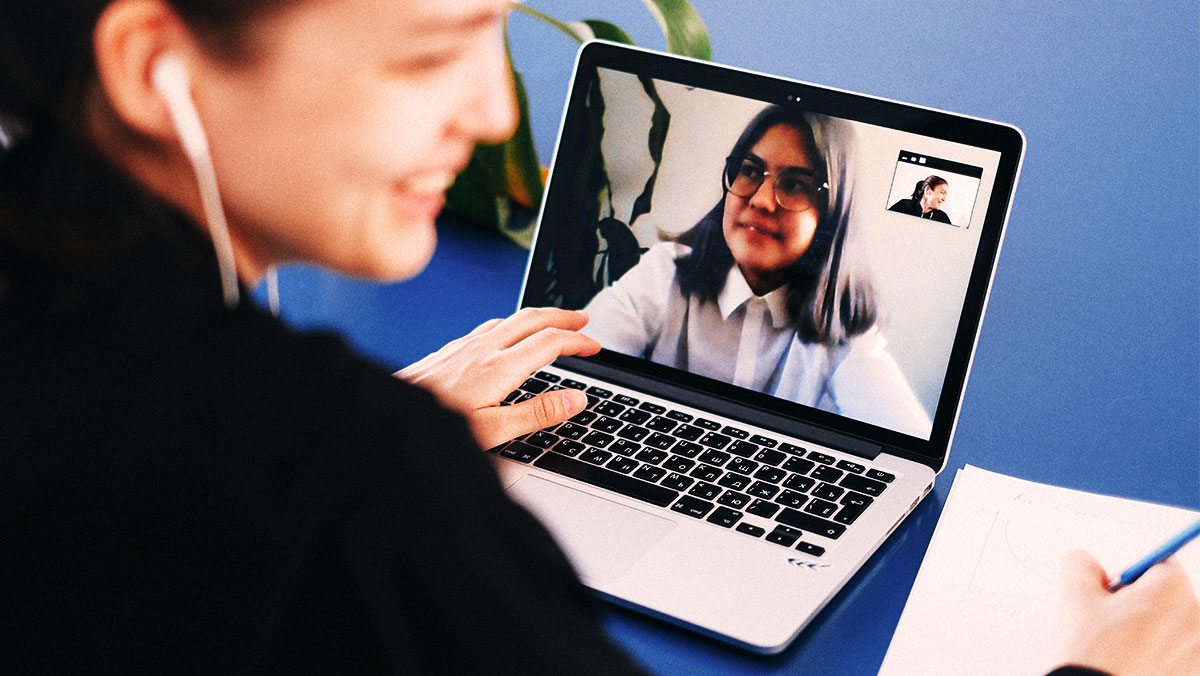
As more organizations pivot their businesses to cope with an unpredictable economic climate, it stands to reason as to why they must also undertake a rebrand as part of the vast change before them.
If a company has come to the decision that it has to evolve to meet each challenge head-on, or there is a requirement to stay ahead of the curve and adapt to customers’ needs, it’s vital that the brand identity reflects every inch of those developments and what the organization now stands for.
However, a rebrand isn’t for the faint-hearted. It’s no small undertaking and requires dedication and a commitment to investment – both in terms of an organization’s time and finances. Why? Because it’s not simply a case of changing a company’s color palette or tweaking fonts and logos – it’s so much more than that. An overhaul must reflect a business’s evolving proposition, and that can often mean going back to basics if it’s fundamentally changed in light of the climate.
Once an organization has settled on a rebrand, and the reasons why, the next step is to get all the stakeholders, creative team, and ideally some clients in a room for a face-to-face workshop.
Of course, that’s not exactly been practical to do so over the past year or so as the majority of the UK (and the world) continues to work remotely. With a combination of Zoom, interactive InVision whiteboards, and online brand identity tools, agencies have still been able to get the information they need to build a more complete picture about what a brand’s personality might embody.
However, do these solutions achieve the same results as they would when everyone’s there in the flesh? And can they replace the excitement of what happens when there’s a room full of people bouncing ideas off one another?
The argument for why brand workshops should be in-person
Drawing on personal experience, there’s something special about getting to know a client in person and understanding their body language and reactions during both informal and formal discussions. For agencies gathering the information they need during these sessions, they’re the perfect opportunity to see exactly what’s happening right in front of them. They’re able to steer the conversation when required, based on engagement and energy levels, and can pick up on quirks that tell a much more personalized story about the company and what makes them different.
And when they have that face-to-face time to truly find out what makes an organization tick, this enables both the business and the creative team to discuss priorities on a more ‘human’ level, without being interrupted by an iffy Wi-Fi signal or frustrated cries of “You’re on mute!”
Providing a warm and welcoming environment where people feel like they can open up, often yields the ‘golden nuggets’ that might be lacking in a cold, virtual meeting.
There’s no question that designers, marketers, and advertising agencies have had to revisit how they do things and ultimately adapt to the challenging circumstances before them. But, as unpredictable as the climate continues to be, graphic designers, in particular, are well-versed in responding with flexibility and agility to come up with proactive and positive solutions, because they’re able to think differently.
Why an agile mindset provides a competitive edge – regardless of the industry
And if there’s further inspiration required that meets the ‘think differently’ response, look at the hospitality sector as a perfect case example.
This is an industry that’s had to cope with an unbelievable array of difficulties. But despite the hurdles they’ve had to overcome, the businesses that have been able to respond swiftly, have done so in spades. Now, they’re the ones getting ahead of the customer’s demands and providing brilliant solutions such as online deliveries, meal kits, and takeaway options.
Because they’ve reacted positively to change, they’ve given themselves a fighting chance when it comes to surviving beyond a crisis, compared to those organizations that haven’t been able to do the same – and have had to close for months on end, watching their customers move to a competitor.
Overall, the main objective of a brand workshop is about getting to grips with a company’s culture, values, personality, and – most importantly – the customer’s perception of their brand. The best way to achieve all this? By engaging and collaborating with the right people, in the same room.
That’s not to say that nothing has worked remotely on a creative level because it clearly has, and organizations are thriving as a result. There will absolutely be elements that have worked successfully in a virtual environment, therefore creative teams shouldn’t ignore this fact. Instead, what they should be doing is analyzing what’s worked well and adapt their regular brand interrogation exercises accordingly. It’s this agility that will help agencies and businesses to thrive, no matter the circumstances.
Cover image source: Anna Shvets